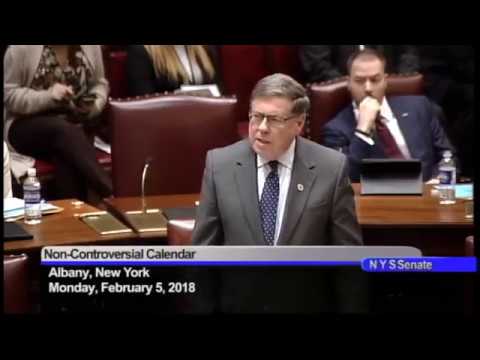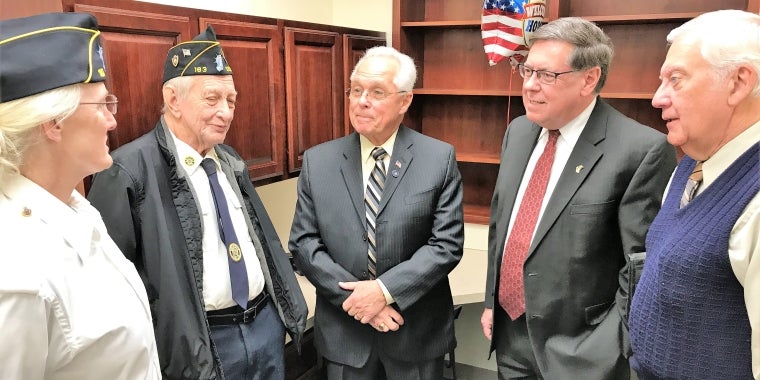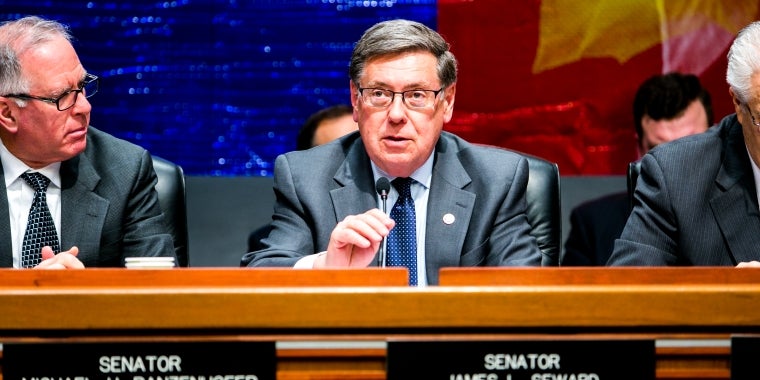
MTA Bailout Lets Down Upstate
James L. Seward
May 14, 2009
You may have read recently about the protracted debate in Albany concerning a bailout for the Metropolitan Transportation Authority (MTA). You may have also thought because it was a New York City issue, the outcome wouldn’t affect you. Unfortunately, that is not entirely the case.
The MTA bailout, which was finally approved earlier this month, will have very real consequences for upstate New York residents. Consequences that hardly seem fair considering most upstate residents will never set foot on a subway, bus or train covered under the MTA banner.
The centerpiece of the bailout is a $1.5 billion payroll tax which will be devastating for businesses, not-for-profits, hospitals, local governments and school districts. While this payroll tax is only being levied within the MTA’s service area, all of New York will feel the effects. The truth of the matter is that the new tax paints the entire state in a very negative light. Companies outside of New York, thinking about expansion or relocation, don’t always make the distinction between upstate and downstate. When these companies get wind of another tax hike they will lose interest in moving to New York in short order.
The payroll tax is a tax on jobs that will hurt New York’s ability to recover from the national economic recession. Local economic development officials who are trying desperately to attract business to the state will experience a tough job get even more difficult. The hurdles were already high thanks to $8.5 billion in new taxes and fees included in the 2009-10 state budget. Now factor in the negative publicity related to the MTA bailout and more onerous taxes and you are looking at a very difficult sell.
One measure included in the plan was a vow to reimburse school districts in the MTA region for their share of the payroll tax. There are several problems with this stipulation. First, the earliest they could be reimbursed would be April 1, 2010, virtually assuring they will have to raise school property taxes this year and next year. There is no guarantee that the schools will ever see those reimbursement payments. If the governor was serious about relieving school districts from the MTA job tax mandate, he would have simply exempted them. The other major issue is that the reimbursement, costing anywhere from $60 million to $100 million, will come from the state’s general fund. That means that taxpayers from outside of the MTA region will be helping foot the bill.
There was also a very important omission from the debate over the MTA bailout: upstate roads and bridges. For decades, the state approved five-year capital plans for the MTA while at the same time passing a proposal to improve road and bridges upstate and on Long Island. Not this year. For the first time in memory, that parity is ignored. The MTA bill funds a two year capital plan for mass transit; however, a road and bridge capital plan for the rest of the state was never discussed. Vague promises by the governor to do something in the future simply don’t make the grade.
Safe, well-maintained, highways and bridges are vital to the upstate economy and way of life. Just as subways, buses and trains are an important cog in the daily life of those who live in New York City, upstate residents rely on quality highways to get to work, the doctor’s office and the grocery store.
It shouldn’t be any real surprise that upstate was left out of this plan. After all, the MTA bailout was put together in secrecy by the same three New York City politicians that crafted the state budget. Both plans were assembled behind closed doors, and both are disastrous to upstate and New York as a whole.
This exclusionary operation is unfair to upstate New Yorkers. While the downstate senate leaders talk a lot about “One New York,” the reality is they always put New York City first.
#####
Share this Article or Press Release
Newsroom
Go to NewsroomSend Insurance Savings Back to the People
February 5, 2018

Veterans' Affairs Office Reopens in Sidney
February 1, 2018

Statement on Governor's Budget Proposal
January 16, 2018

